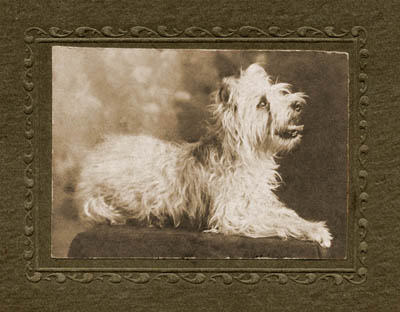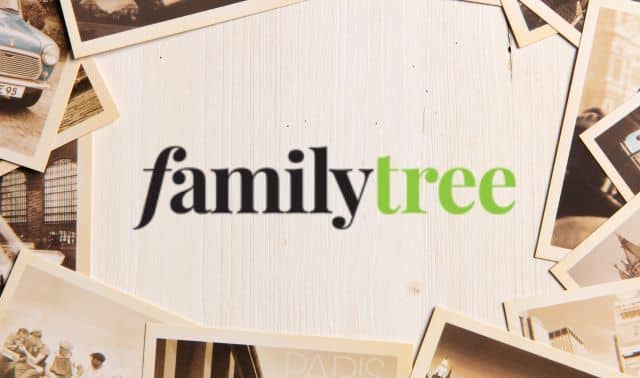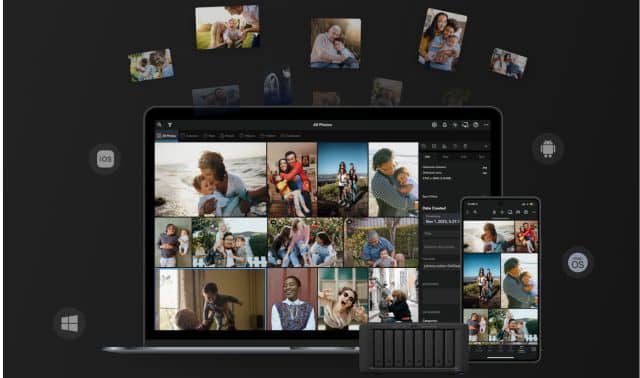Sign up for the Family Tree Newsletter Plus, you’ll receive our 10 Essential Genealogy Research Forms PDF as a special thank you!
Get Your Free Genealogy Forms
"*" indicates required fields
Lorie asked, “Was it unusual to take a dog to a studio to be photographed?” The answer is no. The desire to have a lasting remembrance of the family pet is nothing new. It dates back all the way to the daguerreotypes of the early 1840s.
In the early 20th century, around the time Houser took her pooch to the studio, photographic magazines frequently published articles on how to photograph dogs.
For instance, photographer George Oliver advised studio owners that “in certain sporting or training districts the photographing of animals should prove as important an adjunct to the business as does the photographing of students in some college towns.”
Oliver spoke of his own business, “For a long time I have made quite a specialty of dogs, being rather fortunately situated in a district where there are not only many bird dogs, but where, in addition, many lady summer visitors bring their pet dogs.” He added, “In studio work of the first class I find ladies the easiest to take, but the hardest to please.”
Oliver’s technique for photographing dogs with their owners was to use a noiseless shutter, and enough light to reduce the exposure to a fraction of a second. For pet portraits without owners, he posed the dog on a table and used a treat to get it to stay still. This is likely the method used for the photo of Houser’s dog. It’s alert, with mouth open and tongue out waiting for its reward.
Any photographer who wants to photograph a dog should follow Oliver’s advice, “Right here let me say that it is no use trying to photograph dogs unless you were born a friend of them. If you think that dogs are just ugly brutes, you will have about as much success as a surly misanthrope would have if he tried to photograph children—dogs know.”
You can read the rest of Oliver’s article “Photographing Dogs” in Wilson’s Photographic Magazine (volume L), 1913. It’s full of interesting tips that are still useful today.
A small volume, The Dog Album: Studio Portraits of Dogs and Their People (Stewart, Tabori & Chang, $14.95) by Gary E. Eichhorn and Scott B. Jones is a fun collection of 19th century pictures of folks and their dogs. The authors say it’s difficult to tell the breed of dog in old photos due to the more generalized categories of dogs at teh time, rather than the specialized breeds common today. The American Kennel Club only dates back to 1884.
Anyone want to guess on the breed of dog in this picture? Post in the Comments section.
Do you have a picture of an ancestor’s pet? E-mail it to me. I’d love to see it and feature it here next week. I think it’s too bad no one in the family included the name of Houser’s dog in the note on the back of the photo.
ADVERTISEMENT





